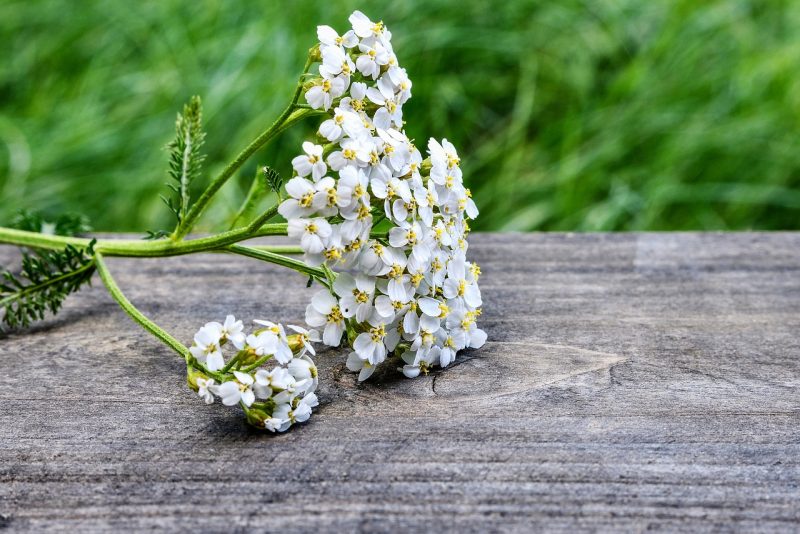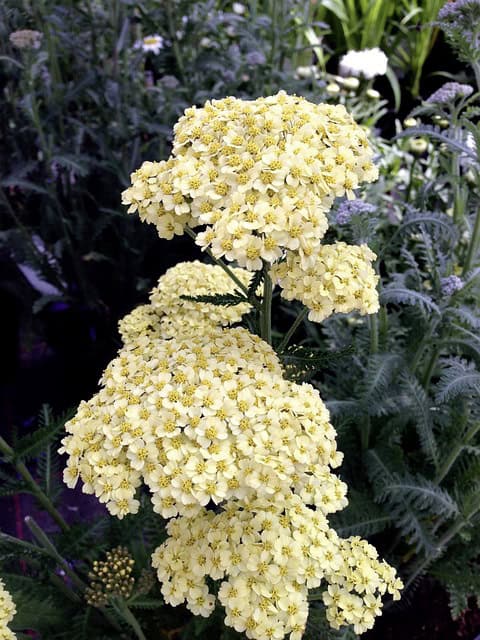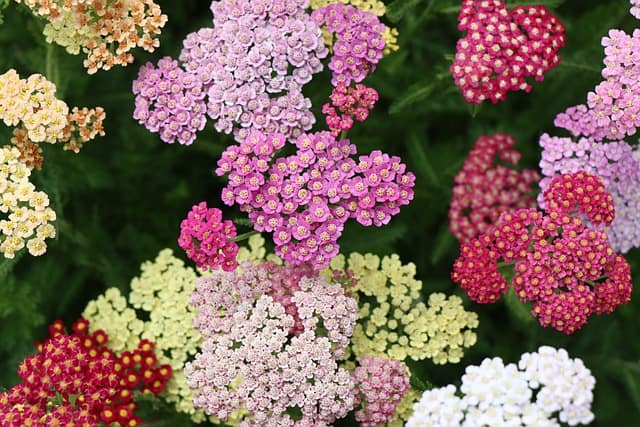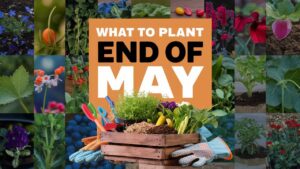If you’re interested in adding yarrow to your garden or enhancing your current collection, harvesting yarrow seeds is a great way to propagate this resilient plant. This guide will walk you through the process of harvesting yarrow seeds effectively.
Understanding Yarrow
Yarrow is a perennial herb that thrives in a variety of climates and soil conditions. It is characterized by its flat-topped clusters of small flowers, which can be white, yellow, pink, or purple, depending on the species. Yarrow is not only beautiful but is also known for attracting beneficial insects and pollinators to your garden.
Why Harvest Yarrow Seeds?
Harvesting yarrow seeds is an excellent way to ensure you have a supply of these hardy plants for years to come. Here are a few reasons to consider seed harvesting:
Cost-Effectiveness: Growing yarrow from seed can save you money compared to purchasing new plants each season.
Variety of Cultivars: Collecting seeds from your favorite yarrow cultivar allows you to maintain specific traits, such as flower color and hardiness.
Sustainability: Harvesting seeds contributes to sustainable gardening practices by reducing the need for store-bought plants.
When to Harvest Yarrow Seeds
Timing is crucial when it comes to harvesting yarrow seeds. Typically, yarrow flowers bloom from late spring to mid-summer. The seeds are usually ready for harvest in late summer or early fall, when the flower heads turn brown and dry. A good rule of thumb is to harvest seeds when the seed heads have changed color but before they shatter and disperse the seeds naturally.
How to Identify Ready Seed Heads
To identify when yarrow seeds are ready for harvest, look for the following signs:
Color Change: The seed heads will shift from their original color to a brownish hue.
Dry Texture: The flower heads should feel dry to the touch, indicating the seeds inside are mature.
Crumbly Movement: Gently squeeze the seed heads; mature seeds will easily fall out or crumble.
Harvesting Yarrow Seeds

Once you’ve determined that the seeds are ready for harvest, follow these steps:
Gather Your Supplies: You will need gloves, scissors or pruning shears, a paper bag or envelope, and a label for organization.
Cut the Seed Heads: Using scissors, cut the flower heads from the stems, leaving a few inches of the stem attached for easier handling.
Place in a Container: Place the harvested flower heads in a paper bag or envelope. Avoid plastic bags, as they can trap moisture and promote mold.
Label and Store: Label your container with the date and variety of yarrow. Store it in a cool, dry place away from direct sunlight.
Extracting Seeds from the Flower Heads
After allowing the harvested seed heads to dry for a week or so, it’s time to extract the seeds:
Separate the Seeds: Gently rub the dried flower heads between your hands or use a fine mesh sieve to separate the seeds from the chaff (the dried flower material).
Remove Debris: Discard any plant debris that is not needed. Keep only the small, dark seeds.
Final Storage: Transfer the cleaned seeds into a labeled, airtight container. Glass jars or small envelopes work well for this purpose.
How to Plant Yarrow Seeds

If you’re ready to use your harvested seeds, here’s a brief overview of planting:
Choose the Right Time: Yarrow seeds can be sown in early spring or late fall. Cold stratification (exposure to cold temperatures) can improve germination rates.
Prepare the Soil: Select a sunny location with well-draining soil. Yarrow does well in poor soil conditions, so amending the soil is not always necessary.
Sow Seeds: Scatter the seeds on the soil surface and lightly press them into the ground. You can cover them with a thin layer of soil but don’t bury them deep, as they need light to germinate.
Watering: Water gently to keep the soil moist but not soggy. Germination typically occurs within 7 to 14 days.
Transplanting: Once seedlings are big enough to handle, thin them out or transplant to your desired location.
Conclusion
Harvesting yarrow seeds is both rewarding and practical for any gardener. Not only does it give you control over your garden’s diversity, but it also helps ensure a sustainable approach to gardening.





